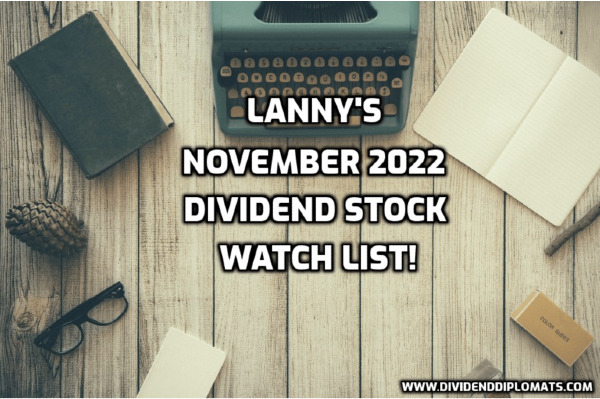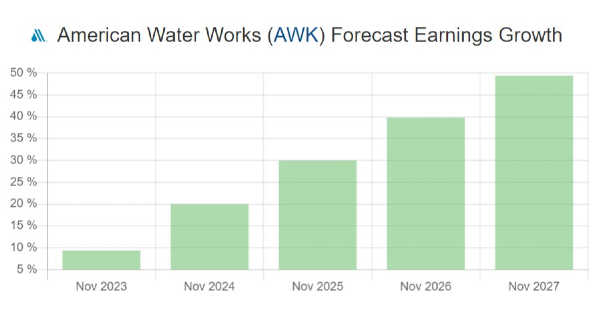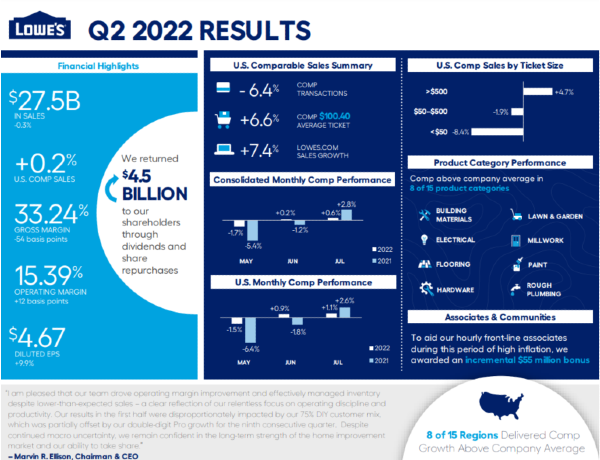Reproduced with kind permission of Citywire Wealth Manager
Persistent high inflation will make a mockery of balanced and risk rated funds
Economics textbooks define inflation as ongoing increases in the general price level for goods and services in an economy over time, or variants thereof. This innocuous sounding definition belies the cataclysmic consequences for investors of inflation becoming high, then entrenched. History and theory suggest that we may well now be in the early stages of this process.
For the broad investing public, financial markets tend to get appraised in terms of narratives not numbers; after all, stories are easier both to sell and to digest. Furthermore, they rarely get considered in anything other than a narrow temporal context. In the case of the current high inflation, however, it is numbers, in combination with decades if not centuries of historical perspective, that are key to understanding our current predicament.
I like numbers. I like history. And I have enough grey hair to appreciate both, particularly the latter. Indeed, I started writing about the bubble in developed market government bonds, and implications of its inevitable bursting, over ten years ago, and have written countless published articles on the subject since. On many occasions, in both private and public, I was pilloried by bond investors and others who told me that, as an equities guy – yes, I had started my career in equities but became an asset allocation specialist in 2008 – I did not understand bonds. And yet here we are, with bonds now having lost money in real terms over practically every period to date during the last decade.
Business cycles have tended to average around 5-6 years in length and ultimately relate to the tendency of humans collectively to become more confident, and thus spend more money, over periods of around 4-5 years, then less confident etc over 1-2 years. Confidence is cyclical and is thus what gives business cycles their predictability.
In the developed world since 1900 there have been three multi-year periods of high inflation: 1915 to 1920, 1940 to 1952, 1965 to 1981. Thus, inflation cycles - ones that include periods of high inflation, stable inflation, and occasionally deflation - have tended to average around 40 years.
Inflation cycles also have their roots in cyclical – predictable - human behaviour. During periods of low and stable inflation, we forget how damaging high inflation is and thus become more susceptible to it. It is more complicated than that, but complacency is at the heart of it.
The high inflation from 1965 to 1981 was rooted in the first half of the sixties when, following many years of low and stable inflation, governments and their central banks had become complacent. They thus began to think they could loosen fiscal and monetary policies. They did, and high inflation became entrenched for the next decade and a half, exacerbated by the two energy crises of 1973 and 1979.
The current bout of high inflation is also due to excessively loose fiscal and monetary policies. The QE that followed the 2008 financial crisis did not lead to runaway inflation as many had feared. Thus, during covid, fiscal and monetary taps were left on far longer than they should have been. Complacency.
Karl Smith, adjunct scholar at The Tax Foundation in the US, noted in a 2013 article that economies trace a “complex path in higher dimensional space and that what we witness is the shadow of that path cast on to our two dimensions of unemployment and inflation”. In other words, inflation is a lot more complicated than we think it is. Otherwise, we wouldn’t get complacent about it, particularly those charged with understanding it.
High inflation can become entrenched easily, as wages rise in response to it, causing further upward pressure. Today, fiscal policy remains far too loose – tax cuts in the UK and student debt forgiveness in the US may win votes but economically they just add fuel to the fire. At the same time, central banks continue to seek paths to unattainable soft landings, so monetary policy also remains too loose.
The only thing that will bring down the currently high inflation is a recession, and neither governments nor their central banks want to be seen to be the cause of one at time when many are experiencing a cost of living crisis. Furthermore, even if a recession brings down inflation, as happened in 1969-70, there may still be a tendency towards overly loose policy, increasing the likelihood of high inflation returning.
For investors, sustained periods of high inflation are disastrous. In the US, during the three periods of high inflation mentioned, long bonds fell in real terms by 50%, 37% and 56%, respectively. US equities, on the other hand, fared better – after all, companies, unlike bonds, can do things to adapt to high inflation such as increase prices, reduce costs etc.
The effect of inflation on balanced funds is stark. From 1981 to 2021, a period during which inflation first fell then stayed low, a theoretical US balanced fund, one that was rebalanced monthly, returned 2,438% in real terms, equivalent to 8.4% per annum. From 1965 to 1981, however, the same fund fell 35%, 2.7% per annum. The difference between the two in terms of comfort in retirement should be obvious.
Because of the very real possibility, inevitability even, of sustained periods of high inflation, long-term bonds are much riskier than we perceive them to be. At least, that is, if you consider risk to relate to loss of capital rather than volatility, as you should. If you insist on using volatility as a measure of risk, I suggest you use 30-year rather than monthly returns in the calculation. On that basis, bond volatility is higher than that of equities.
Indeed, it is this seemingly paradoxical result that, during periods of high inflation, will make a mockery of risk rated fund ranges. If bonds are riskier than equities, then a low rated fund is higher risk than a high rated fund!
This scenario is already playing out. Over the last three years, the supposedly low risk Vanguard LifeStrategy 20% Equities fund is down 22% in real terms. The “high risk” 80% Equities fund in the same range? Down just 1%.
If high inflation sticks around for a decade or two, as it well might, such a pattern of fund behaviour is only going to continue. Financial advisers and wealth managers may need to consider a complete rethink.
The views expressed in this communication are those of Peter Elston at the time of writing and are subject to change without notice. They do not constitute investment advice and whilst all reasonable efforts have been used to ensure the accuracy of the information contained in this communication, the reliability, completeness or accuracy of the content cannot be guaranteed. This communication provides information for professional use only and should not be relied upon by retail investors as the sole basis for investment.
© Chimp Investor Ltd




























Reproduced with kind permission of Citywire Wealth Manager
Persistent high inflation will make a mockery of balanced and risk rated funds
Economics textbooks define inflation as ongoing increases in the general price level for goods and services in an economy over time, or variants thereof. This innocuous sounding definition belies the cataclysmic consequences for investors of inflation becoming high, then entrenched. History and theory suggest that we may well now be in the early stages of this process.
For the broad investing public, financial markets tend to get appraised in terms of narratives not numbers; after all, stories are easier both to sell and to digest. Furthermore, they rarely get considered in anything other than a narrow temporal context. In the case of the current high inflation, however, it is numbers, in combination with decades if not centuries of historical perspective, that are key to understanding our current predicament.
I like numbers. I like history. And I have enough grey hair to appreciate both, particularly the latter. Indeed, I started writing about the bubble in developed market government bonds, and implications of its inevitable bursting, over ten years ago, and have written countless published articles on the subject since. On many occasions, in both private and public, I was pilloried by bond investors and others who told me that, as an equities guy – yes, I had started my career in equities but became an asset allocation specialist in 2008 – I did not understand bonds. And yet here we are, with bonds now having lost money in real terms over practically every period to date during the last decade.
Business cycles have tended to average around 5-6 years in length and ultimately relate to the tendency of humans collectively to become more confident, and thus spend more money, over periods of around 4-5 years, then less confident etc over 1-2 years. Confidence is cyclical and is thus what gives business cycles their predictability.
In the developed world since 1900 there have been three multi-year periods of high inflation: 1915 to 1920, 1940 to 1952, 1965 to 1981. Thus, inflation cycles - ones that include periods of high inflation, stable inflation, and occasionally deflation - have tended to average around 40 years.
Inflation cycles also have their roots in cyclical – predictable - human behaviour. During periods of low and stable inflation, we forget how damaging high inflation is and thus become more susceptible to it. It is more complicated than that, but complacency is at the heart of it.
The high inflation from 1965 to 1981 was rooted in the first half of the sixties when, following many years of low and stable inflation, governments and their central banks had become complacent. They thus began to think they could loosen fiscal and monetary policies. They did, and high inflation became entrenched for the next decade and a half, exacerbated by the two energy crises of 1973 and 1979.
The current bout of high inflation is also due to excessively loose fiscal and monetary policies. The QE that followed the 2008 financial crisis did not lead to runaway inflation as many had feared. Thus, during covid, fiscal and monetary taps were left on far longer than they should have been. Complacency.
Karl Smith, adjunct scholar at The Tax Foundation in the US, noted in a 2013 article that economies trace a “complex path in higher dimensional space and that what we witness is the shadow of that path cast on to our two dimensions of unemployment and inflation”. In other words, inflation is a lot more complicated than we think it is. Otherwise, we wouldn’t get complacent about it, particularly those charged with understanding it.
High inflation can become entrenched easily, as wages rise in response to it, causing further upward pressure. Today, fiscal policy remains far too loose – tax cuts in the UK and student debt forgiveness in the US may win votes but economically they just add fuel to the fire. At the same time, central banks continue to seek paths to unattainable soft landings, so monetary policy also remains too loose.
The only thing that will bring down the currently high inflation is a recession, and neither governments nor their central banks want to be seen to be the cause of one at time when many are experiencing a cost of living crisis. Furthermore, even if a recession brings down inflation, as happened in 1969-70, there may still be a tendency towards overly loose policy, increasing the likelihood of high inflation returning.
For investors, sustained periods of high inflation are disastrous. In the US, during the three periods of high inflation mentioned, long bonds fell in real terms by 50%, 37% and 56%, respectively. US equities, on the other hand, fared better – after all, companies, unlike bonds, can do things to adapt to high inflation such as increase prices, reduce costs etc.
The effect of inflation on balanced funds is stark. From 1981 to 2021, a period during which inflation first fell then stayed low, a theoretical US balanced fund, one that was rebalanced monthly, returned 2,438% in real terms, equivalent to 8.4% per annum. From 1965 to 1981, however, the same fund fell 35%, 2.7% per annum. The difference between the two in terms of comfort in retirement should be obvious.
Because of the very real possibility, inevitability even, of sustained periods of high inflation, long-term bonds are much riskier than we perceive them to be. At least, that is, if you consider risk to relate to loss of capital rather than volatility, as you should. If you insist on using volatility as a measure of risk, I suggest you use 30-year rather than monthly returns in the calculation. On that basis, bond volatility is higher than that of equities.
Indeed, it is this seemingly paradoxical result that, during periods of high inflation, will make a mockery of risk rated fund ranges. If bonds are riskier than equities, then a low rated fund is higher risk than a high rated fund!
This scenario is already playing out. Over the last three years, the supposedly low risk Vanguard LifeStrategy 20% Equities fund is down 22% in real terms. The “high risk” 80% Equities fund in the same range? Down just 1%.
If high inflation sticks around for a decade or two, as it well might, such a pattern of fund behaviour is only going to continue. Financial advisers and wealth managers may need to consider a complete rethink.
The views expressed in this communication are those of Peter Elston at the time of writing and are subject to change without notice. They do not constitute investment advice and whilst all reasonable efforts have been used to ensure the accuracy of the information contained in this communication, the reliability, completeness or accuracy of the content cannot be guaranteed. This communication provides information for professional use only and should not be relied upon by retail investors as the sole basis for investment.
© Chimp Investor Ltd
Originally Posted in Chimp Investor